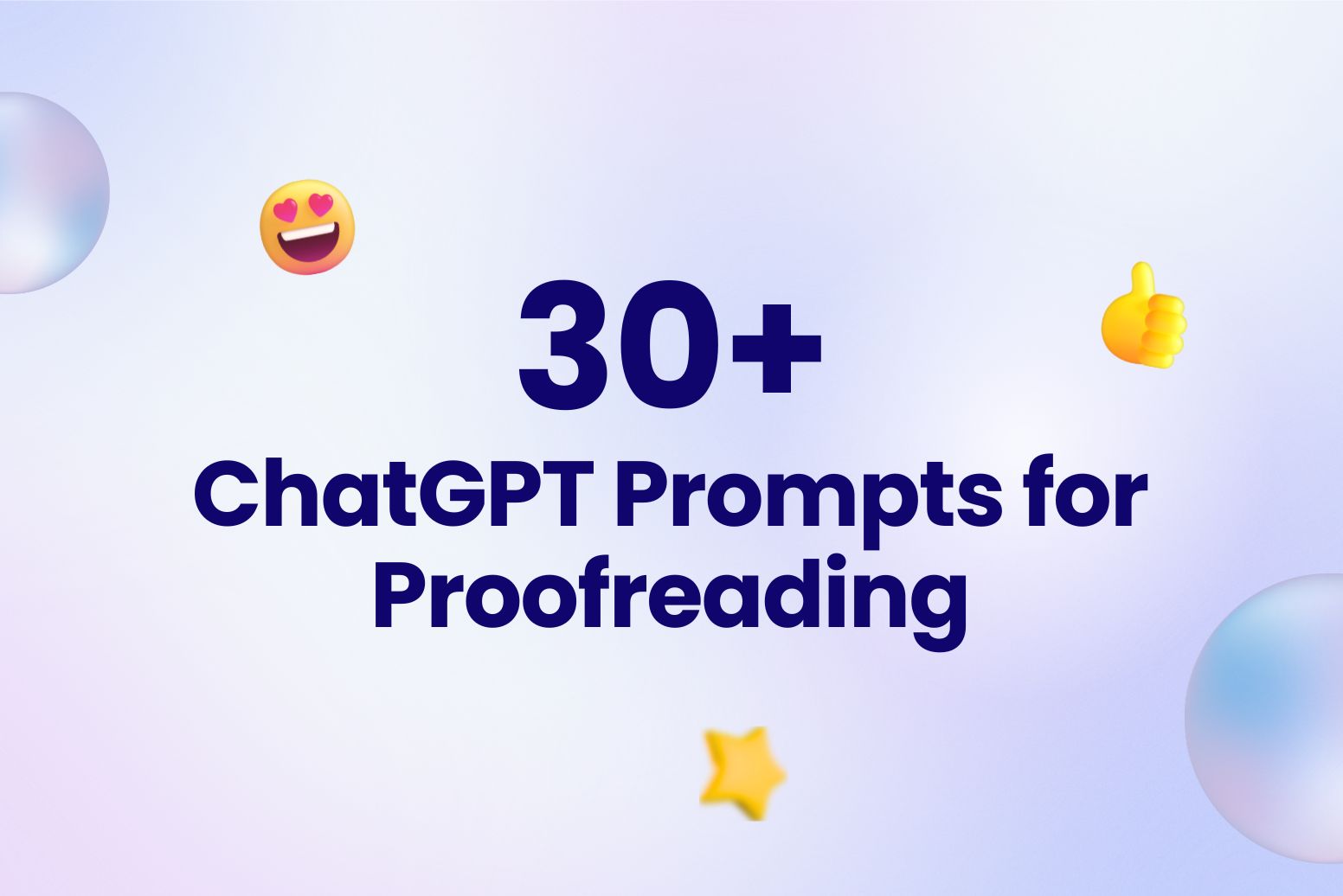In today’s digital landscape, cybersecurity has become a critical concern for individuals and organizations alike. The ever-evolving threat landscape necessitates proactive measures to safeguard sensitive information and prevent malicious activities. One innovative tool that holds immense potential in enhancing cybersecurity is ChatGPT. In this article, we will delve into the world of ChatGPT prompts for cybersecurity and explore how this AI-driven technology can empower users to fortify their defenses and mitigate risks.

How can ChatGPT help with Cybersecurity
ChatGPT, an advanced language model powered by artificial intelligence, can significantly contribute to enhancing cybersecurity in several ways. Here are some ways ChatGPT can help with cybersecurity:
- Threat Detection and Incident Response: ChatGPT prompts assist in identifying and responding to cyber threats promptly.
- Password and Authentication Systems: ChatGPT prompts suggest stronger passwords and authentication methods to reinforce security.
- User Education and Awareness: ChatGPT prompts educate users about cybersecurity best practices and help them make informed decisions.
- Proactive Threat Intelligence and Analysis: ChatGPT prompts aid in gathering threat intelligence and anticipating emerging risks.
- Automated Security Assessments: ChatGPT prompts automate security assessments to identify vulnerabilities in systems and applications.
It is important to note that while ChatGPT prompts offer valuable assistance, they should not be relied upon as the sole cybersecurity solution. A comprehensive approach, combining multiple technologies, tools, and strategies, is crucial for robust cybersecurity. Additionally, organizations must continuously evaluate and refine the prompts to ensure unbiased and accurate results, while adhering to ethical guidelines for the responsible use of AI technologies.
Best ChatGPT Prompts for Cybersecurity
Threat Detection and Analysis
“Analyze firewall logs and identify any unauthorized or suspicious inbound connections.”
“Monitor system processes and flag any abnormal behavior or potential malware indicators.”
“Conduct a deep scan of the network to identify any hidden or stealthy malware infections.”
“Analyze email headers and content to detect phishing attempts or email spoofing.”
“Review web server logs for any unusual HTTP requests or patterns indicative of an attack.”
“Scan database logs and identify any unauthorized access attempts or unusual data queries.”
“Analyze DNS traffic and detect any signs of domain hijacking or DNS poisoning.”
“Perform vulnerability scans on network devices and identify any potential weaknesses or misconfigurations.”
“Analyze network traffic patterns to detect any large data exfiltration or unusual data transfers.”
“Monitor system login attempts and identify any brute-force attacks or login anomalies.”
Incident Response and Handling
“How can I fuzz for .xml files with gobuster?”
“Guide the incident response team through collecting and preserving evidence from compromised systems.”
“Assist in restoring systems from a backup to recover from a ransomware attack.”
“Provide step-by-step instructions to mitigate the impact of a distributed denial-of-service (DDoS) attack.”
“Assist in performing a forensic analysis on compromised systems to identify the incident’s root cause.”
“Facilitate communication and collaboration among incident response team members during a major security incident.”
“Recommend and execute incident containment measures to minimize further damage or data loss.”
“Assist in generating incident response reports with detailed timelines, actions taken, and lessons learned.”
“Guide the incident response team through notifying and engaging law enforcement agencies, if necessary.”
“Assist in conducting post-incident reviews to identify vulnerabilities and improve incident response procedures.”
ChatGPT for cybersecurity on User Education and Awareness
“Provide interactive cybersecurity training sessions to educate users on best practices for securing their home networks.”
“Simulate phishing attacks to train employees on how to recognize and report suspicious emails or messages.”
“Create customized security awareness campaigns targeting specific user groups within the organization.”
“Offer tips and guidance on securing personal devices, such as smartphones and laptops, against common threats.”
“Answer frequently asked questions about password hygiene and recommend password manager tools for better security.”
“Provide real-time alerts and warnings to users about ongoing security threats or emerging vulnerabilities.”
“Assist in developing and disseminating security policies and guidelines to all employees.”
“Offer guidance on safe web browsing practices, including avoiding suspicious websites and downloading files from trusted sources.”
“Educate users on the risks of public Wi-Fi networks and provide tips on securing their connections while traveling.”
“Simulate social engineering scenarios to train employees on how to handle social manipulation tactics and protect sensitive information.”
Vulnerability Assessment and Penetration Testing
“How can i scan SMB with vulnerabilities with Nmap?”
“Simulate a phishing campaign targeting employees to assess their susceptibility and raise awareness about social engineering threats.”
“Perform a penetration test on web applications to identify potential security flaws and suggest remediation measures.”
“Analyze wireless network configurations and recommend security enhancements to prevent unauthorized access.”
“Review server configurations and recommend hardening measures to protect against known vulnerabilities and exploits.”
“Assess the effectiveness of physical security controls by simulating unauthorized access attempts to restricted areas.”
“Evaluate the resilience of network infrastructure against distributed denial-of-service (DDoS) attacks and propose mitigation strategies.”
“Conduct a vulnerability assessment on IoT devices to identify potential entry points for attackers and recommend security measures.”
“Assess the security posture of third-party vendors by conducting security audits and reviewing their practices.”
“Review the organization’s incident response plan and simulate different attack scenarios to identify areas for improvement.”
Security Policy Development and Compliance
“Generate a bash script that automates port scanning with Nmap.”
“Provide guidance on drafting data protection and privacy policies in accordance with applicable regulations, such as GDPR or CCPA.”
“Review existing security policies and suggest updates to align with industry best practices and evolving threat landscapes.”
“Assist in developing a password management policy that promotes strong passwords and regular password updates.”
“Offer recommendations for creating a mobile device management policy to secure employee devices and protect corporate data.”
“Assist in establishing a network access control policy to ensure only authorized devices can connect to the organization’s network.”
“Provide guidance on creating an incident response policy that outlines roles, responsibilities, and escalation procedures.”
“Help define a patch management policy to ensure timely updates and vulnerability remediation across systems and software.”
“Assist in developing an encryption policy to protect sensitive data at rest and in transit.”
“Guide the creation of an employee training and awareness policy to promote a security-conscious culture within the organization.”
ChatGPT prompts for cybersecurity
“ELK query to detect registry changes”
“Analyze threat intelligence feeds and generate reports on emerging malware strains and their associated indicators of compromise.”
“Correlate and analyze security event logs to identify patterns and potential indicators of advanced persistent threats (APTs).”
“Track and analyze social media accounts and online communities to detect chatter about potential cyber attacks or vulnerabilities.”
“Gather information from open-source intelligence (OSINT) to assess the reputation and credibility of threat actors and hacker groups.”
“Provide intelligence briefings on the latest tactics, techniques, and procedures (TTPs) cybercriminals use.”
“Analyze phishing emails and extract indicators of compromise (IOCs) to contribute to the organization’s threat intelligence database.”
“Monitor and analyze network traffic for anomalous behavior or suspicious communications that could indicate a cyber attack in progress.”
“Conduct reconnaissance on potential targets to identify vulnerabilities and weaknesses that threat actors can exploit.”
“Generate regular reports on the threat landscape, including emerging threats, industry-specific risks, and recommended countermeasures.”
FAQ about ChatGPT Prompts for Cybersecurity
1. How does ChatGPT prompts for cybersecurity differ from traditional cybersecurity tools?
ChatGPT prompts offer a unique advantage by leveraging artificial intelligence to analyze data, generate insights, and empower users with proactive measures, complementing traditional cybersecurity tools.
2. Can ChatGPT prompts help in identifying zero-day vulnerabilities?
While ChatGPT prompts can assist in analyzing patterns and identifying emerging threats, the identification of zero-day vulnerabilities requires a combination of techniques, including advanced threat intelligence and vulnerability research.
3. Are there any potential risks in relying solely on ChatGPT prompts for cybersecurity?
While ChatGPT prompts are a valuable tool, it is essential to adopt a multi-layered approach to cybersecurity. Combining different technologies and strategies ensures a comprehensive defense against evolving threats.
4. Can individuals without technical expertise benefit from ChatGPT prompts for cybersecurity?
Absolutely! ChatGPT prompts are designed to engage and educate users at all levels of technical expertise. They provide clear instructions and help individuals develop a strong cybersecurity mindset, empowering them to make informed decisions.
Cyber threats are becoming increasingly sophisticated, and it’s crucial to take proactive measures to protect your digital assets. ChatGPT provides a range of prompts that can help you enhance your online security, including using strong passwords, enabling two-factor authentication, keeping your software up-to-date, being cautious of suspicious emails, and using a VPN. By implementing these prompts, you can safeguard your online identity and stay protected from cybercriminals.






